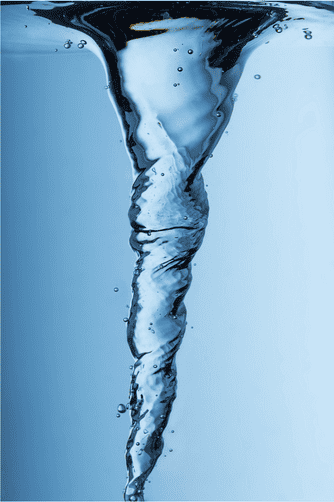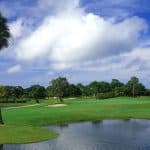Start by introducing your child to a map of the United States, pointing out each state and its location. You can use songs or rhymes to help him remember the names of the states. Make it a hands-on experience by incorporating flashcards, puzzles, and interactive games that challenge him to match states with their capitals. Encourage exploration by sharing interesting facts and discussing the unique features and their landmarks. Regular review and practice will help solidify knowledge of the states over time. With patience, you can inspire your child’s curiosity about the world around him.
Kids
Why Exercise is Important for Children’s Education
Regular exercise has been linked to improvements in skills like attention control and working memory. These cognitive abilities are essential for effective studying, problem-solving, and maintaining focus amidst distractions. Exercise can also positively influence sleep quality and duration which are critical factors in thinking clearly and concentration.
Incorporating regular physical activity into children’s routines can have profound benefits for their ability to study effectively. PE will always play an important role in our children’s lives and should be included in their regular routines.
Fun Syllable Games for Kids
Word Building Blocks:
- Give your child letter blocks or tiles and multi-syllable word cards. Have them build the words by arranging the blocks according to the syllables. This visual approach helps reinforce the structure of multi-syllable words.
Syllable Clap and Count:
- Say multi-syllable words aloud and have your child clap or tap out the syllables as they say the word. This helps them break down the word into its individual parts and improves syllable awareness.
Word Race:
- Divide a group of children into teams and set up a relay race where they have to run to a board, pick a multi-syllable word card, and correctly sound out the word before the next teammate goes up.
Syllable Sorting:
- Write multi-syllable words on cards and have your child sort them based on the number of syllables. For example, they could sort words into categories of two-syllable, three-syllable, and four-syllable words.
Should your child need help with learning multi-syllable words, contact us at 727-441-4444. Our tutors can help.
Fun Phonics Activities for Kids
- Letter Sound Matching:
- Create flashcards with letters and corresponding pictures of objects that start with that letter sound. For example, a picture of an apple with the letter “A”. Have the child match the letter with the correct picture.
- Phonics Bingo:
- Make bingo cards with simple words or pictures representing words. Call out the words or letter sounds, and children can mark the corresponding word or picture on their bingo cards.
- Alphabet Scavenger Hunt:
- Hide alphabet cards around the room or outdoors. When children find a card, they can say the letter sound or a word that starts with that letter.
- Word Family Sorting:
- Create word family cards with a common ending (e.g., -at, -en, -ig). Have children sort picture or word cards into the correct word family category.
- Rhyming Games:
- Play rhyming games where children identify words that rhyme. For example, you can say a word like “cat” and have them come up with words that rhyme, such as “bat,” “hat,” or “mat.”
- Phonics Hopscotch:
- Draw a hopscotch grid with letters instead of numbers. Children can hop on the letters while saying the letter sounds or words that start with those letters.
- Letter Sound Relay Race:
- Divide children into teams and set up a relay race where they have to run to a board, pick a letter card, and say the letter sound before passing the card to the next teammate.
These games and activities can make learning phonics engaging and enjoyable for young learners, helping them build a strong foundation for reading and literacy. If you need extra help, feel free to call us at 727-441-4444
Tips for Young Children Learning Addition
- Skip Counting:
Instead of counting by ones, try skip counting by twos, threes, fives, or tens. This not only reinforces multiplication skills, but also adds variety to counting.
- Counting Objects:
Use everyday objects like toys, fruits, or candies to practice counting. This makes the process more tangible and relatable for young learners.
- Counting with Songs:
Use counting songs or rhymes. There are many educational songs that teach counting in a catchy and memorable way.
- Number Hunts:
Create scavenger hunts where kids have to find a certain number of items in the house or classroom. This encourages observational skills along with counting.
- Number Puzzles:
Use puzzles that involve arranging numbers in order. This can be done with physical puzzles or digital ones on educational apps.
- Number Flashcards:
Create or use number flashcards for quick drills or matching games.
- Number Line Games:
Utilize a number line for counting activities. You can ask questions like “What comes after/before a certain number?” or play hopscotch on a number line.
- Digital Apps and Games:
There are numerous educational apps and online games that make counting interactive and entertaining. Look for apps that align with your child’s age and learning level.
Tips for Learning How to Write in Cursive
1. Familiarize yourself with the cursive alphabet and letterforms. Pay attention to the different letter connections and shapes. Common connections include the loops at the top of letters like “b,” “e,” and “o,” as well as the tails on letters like “g,” “j,” and “y.” Practice writing each letter individually before attempting to write words.
2. Make sure to maintain proper posture. Sit up straight with your feet flat on the floor and your writing surface at a comfortable height. Position the paper at a slight angle to the left (for right-handed writers) or to the right (for left-handed writers) to improve control and visibility.
3. Cursive writing typically has a consistent slant, usually between 45 to 60 degrees. This slant adds a more elegant and uniform look to your cursive writing. Maintain this slant throughout your writing.
4. Emphasize proper spacing. Space between letters should be consistent, and words should be evenly spaced. Avoid overcrowding or excessive spacing between words.
5. Control your speed. Take your time when practicing cursive. Speed will come naturally with practice, but initially, focus on forming each letter correctly. Write slowly and deliberately to improve your control and legibility.
6. Develop your signature style. As you become more proficient in cursive, you can develop your unique style. Experiment with the shape and size of your letters to create a personalized script.
Remember that the goal of cursive writing is not just legibility but also aesthetics. Take pride in your writing, and over time, you’ll develop a unique and beautiful cursive script. If your child needs help learning cursive, call us at 727-441-4444.
Tornado in a Bottle Science Experiment For Younger Kids
- Fill your bottle about ¾ full with clean water.
- Add a small squirt of dish soap to your water.
- Add food coloring or glitter for a more vibrant effect (optional).
- Tightly seal your bottle.
- After all of these steps are finished, rapidly spin your bottle in circular motion until you see a tiny spinning tornado!
Remember to always show motivation and demonstrate a positive attitude about your child’s education.
Ways to Help Your Child with Spelling
- Drill daily: Make sure your child is keeping in the work to improve and progressively getting better day by day as he trains to become a better speller.
- Encourage spelling: Always acknowledge good work and remind him to keep it up. If he ever loses confidence, be willing to work with him and make learning more enjoyable.
- Make spelling fun: Incorporate games in the activities. Learning to spell will be much more fun when your child is able to look forward to games that will help with his progress.
- Let your child move at his own pace: Never rush him to learn anything that he’s not getting. Every child has his own gradient. Allow him to process what he is learning at his own pace. It is also important to recognize his progress. Don’t keep him on a spelling level that he has already spent enough time drilling. Acknowledge his progress and allow him to move on once he’s ready.
Is Your Child Having Trouble in School?
Imagine the impact that low academic skills can have on your child’s future. Visualize the disappointment they feel when they find it difficult to understand concepts in class or struggle to complete assignments. These obstacles can hinder their progress and limit their potential to achieve greatness. However, there is a solution that can turn the tide in their favor: one-on-one tutoring that is customized to fit what your child needs.
Our students regularly achieve a full grade level of improvement with less that 30 hours of tutoring. Please call us at 727-441-4444. We are eager to help your child succeed!
















Recent Comments